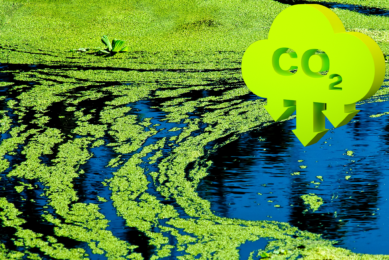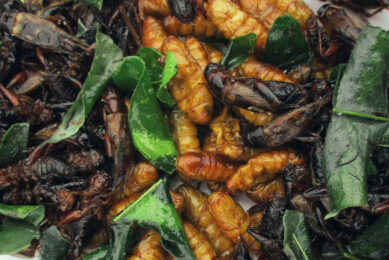Aquaculture needs algae
Lead scientist for USDA’s Agricultural Research Service Barrows, that he gets calls all year long about people with fish feed products and ingredients for use in aquaculture, said we still have a limited knowledge of ingredients. And this “is where algae fit in,” he said.
Aquaculture has passed the 50% mark, meaning it now provides more fish for human consumption than wild harvested fish, according to Barrows. “It is currently a $97 billion global business, growing at 9% per year,” he told delegates at the 2011 Algae Biomass Summit held in Minneapolis, Minnesota, USA.
“Over the last 20 years the yield of fish meal has been pretty much constant,” he said, “so we aren’t getting any more fish feed out of the ocean and we [aren’t] getting any more fish meal ingredients.” So, he asks, “What are we going to do?”
Part of the answer for Barrows is algae. “All types of species in aquaculture are interested in the essential fatty acids that can be found in algae because that is what makes fish a heart-healthy, brain-healthy food,” Barrows said.
Although it is possible to use animal feed for fish meal, the cost is too expensive and certain minerals and vitamins would need to be replaced.
Barrows explained that algae can act as the next big ingredient for fish meal used in nearly every species, ranging from warm to cold water varieties.
Spirulina meal
In a recent study that used solar dried spirulina as the fish meal, “we found that the product had a significant increase in feed intake,” Barrows said.
In a recent study that used solar dried spirulina as the fish meal, “we found that the product had a significant increase in feed intake,” Barrows said.
As for the functionally, they saw dramatic expansion as the meal was much more dense and easier to handle. Growth trials also showed the algae-based fish meal performed well on rainbow trout that were fed the meal.
White seabass in a study performed better on an algae diet performed better than on a fish meal-algae mixture.
“I had to repeat this three times before I had the courage to say we outperformed the commercial diet,” Barrows said, “because I’m usually happy if we can match the commercial diets.”
High mortality to overcome
Although this study showed the promise of algae as a fish meal or ingredient substitute, Barrows pointed out that in some cases the algae-meal increased the mortality rate of the fish to nearly 70%, a number he said can be attributed to either a missing nutrient or the increased feed intake by the fish.
Although this study showed the promise of algae as a fish meal or ingredient substitute, Barrows pointed out that in some cases the algae-meal increased the mortality rate of the fish to nearly 70%, a number he said can be attributed to either a missing nutrient or the increased feed intake by the fish.
Neither is a breaking point he said, as diets can be adjusted to compensate for such occurrences.











